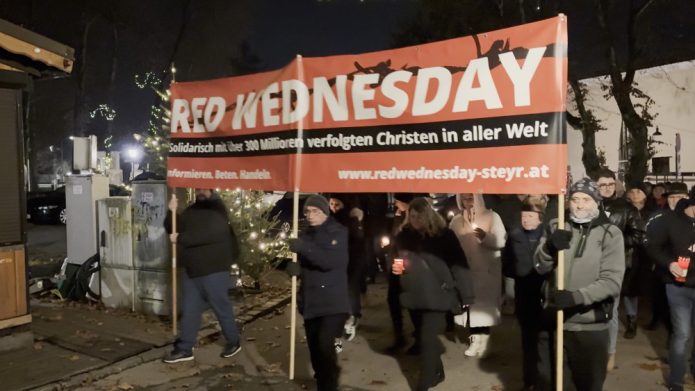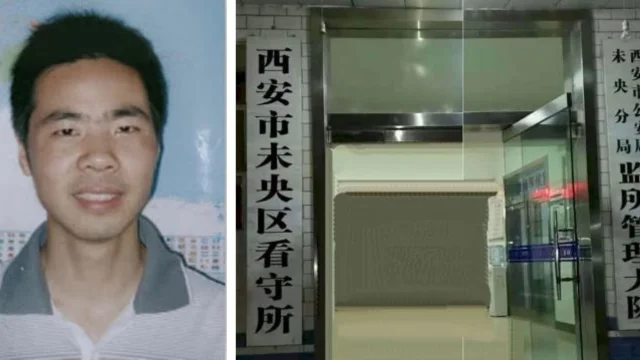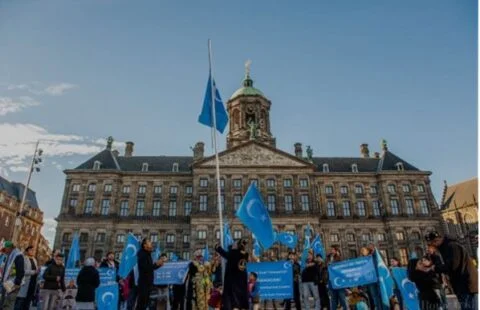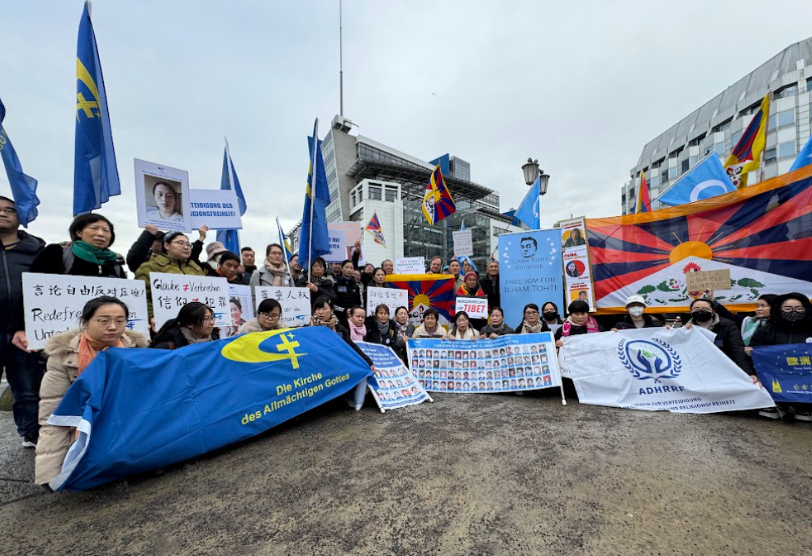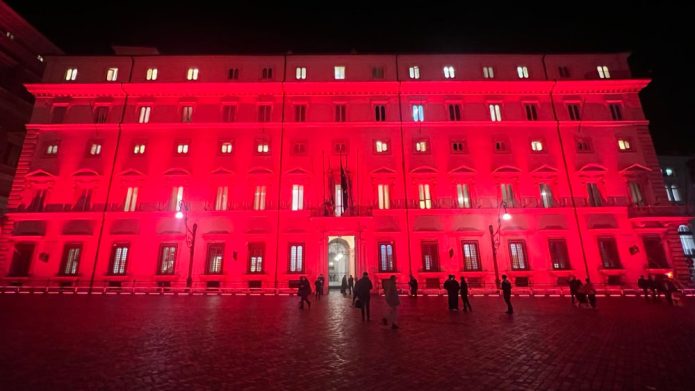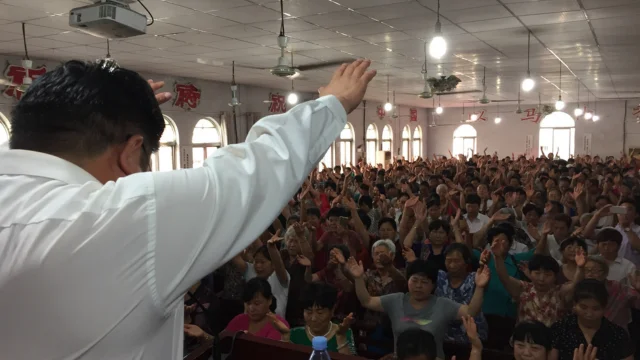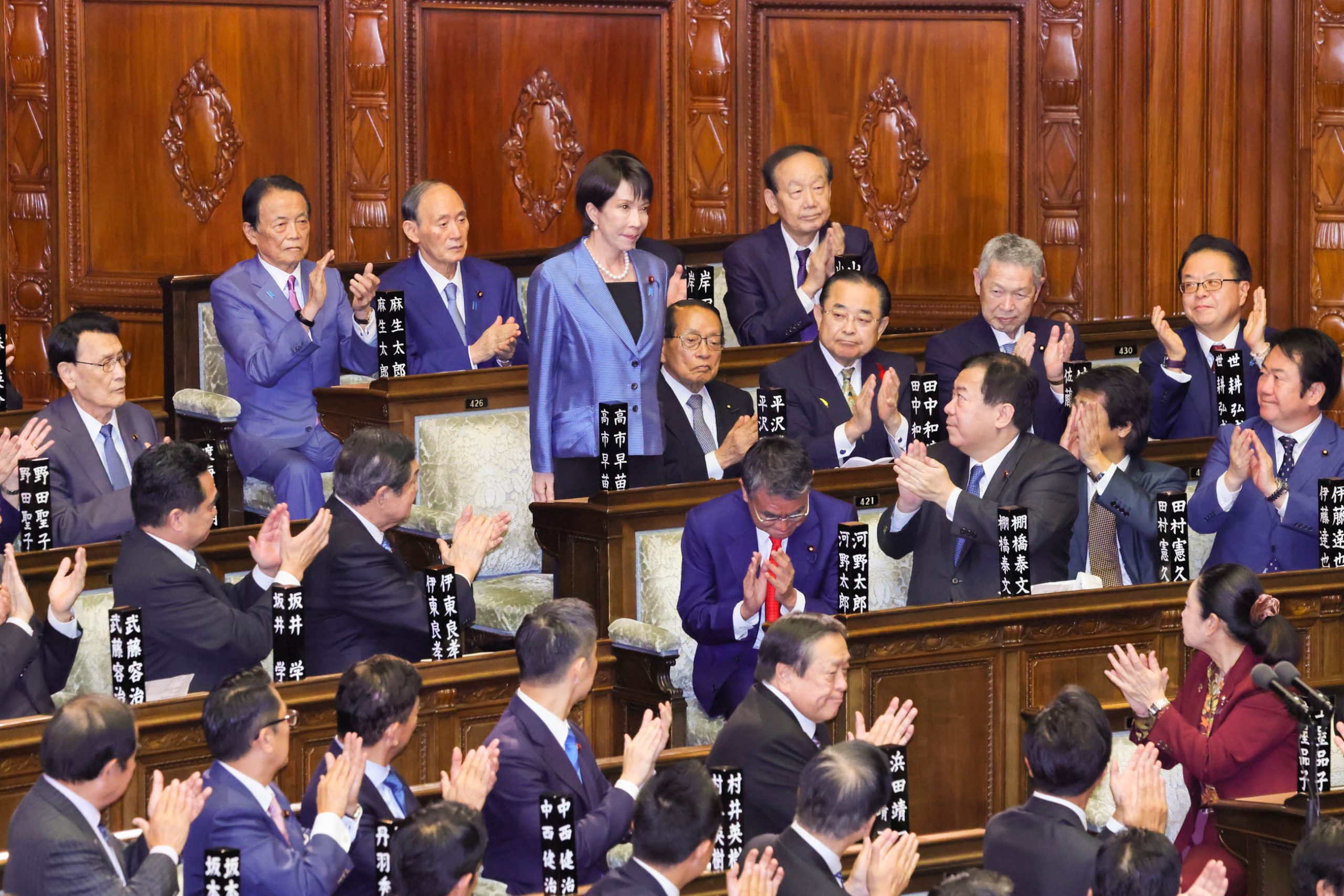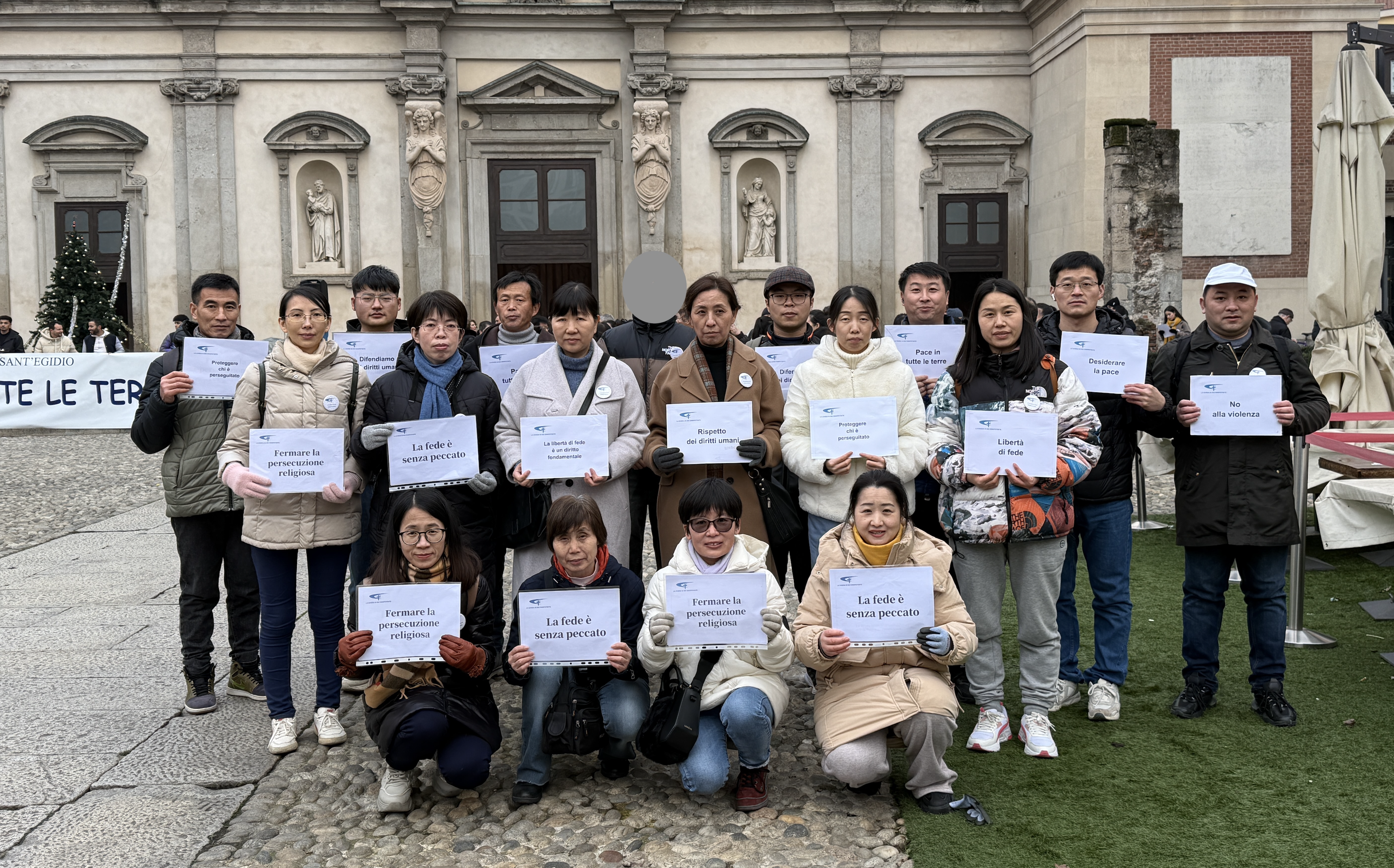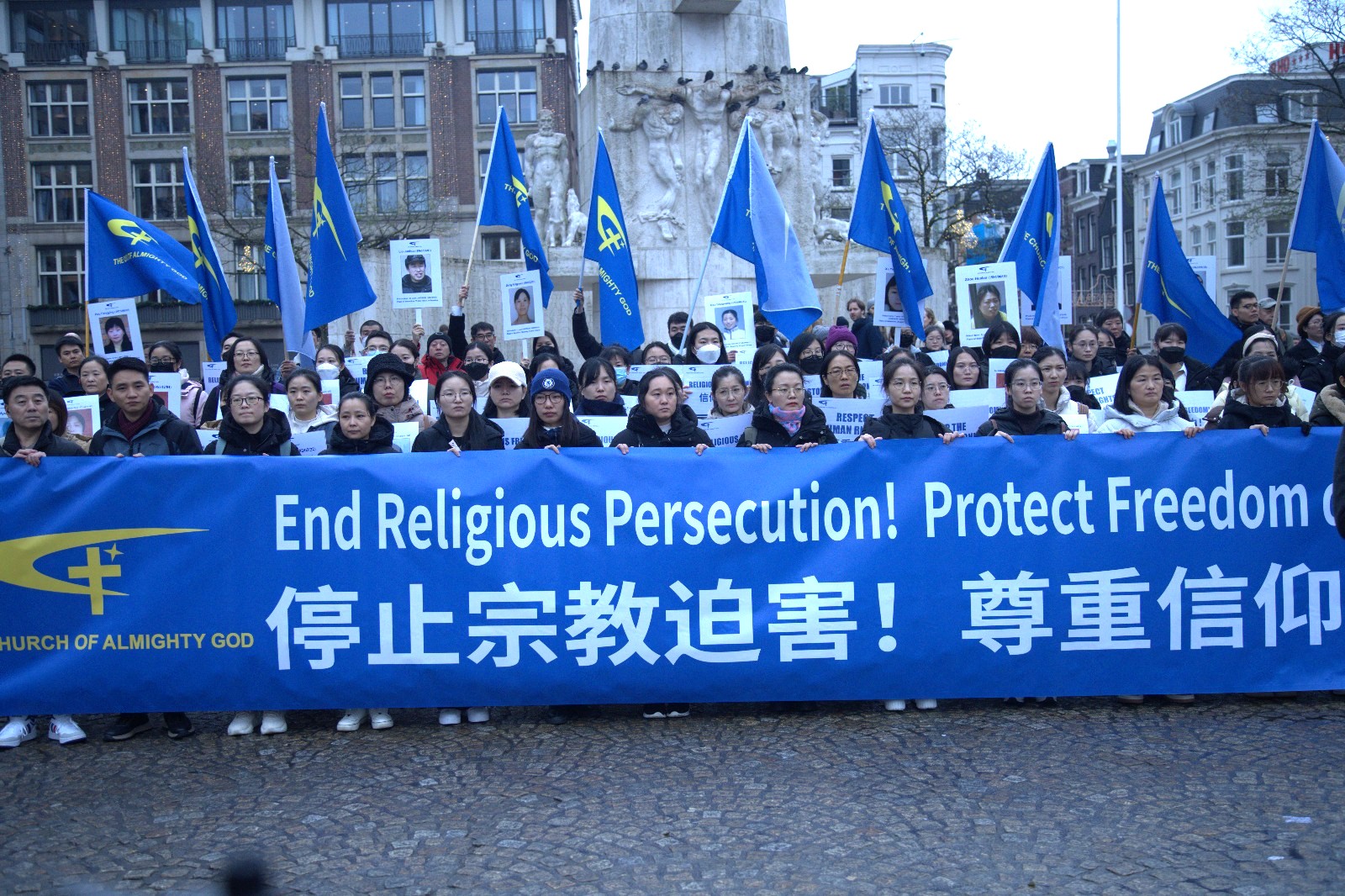Authorities in Hui populated areas launched campaigns to “sinicize” mosques amid the coronavirus outbreak. More are planned for later this year and 2021.
by Bai Shengyi
Since 2018, the CCP has been promoting the campaign to “sinicize” Islam, disfiguring countless mosques as a result. Even during the coronavirus outbreak, the suppression campaign did not halt. In some Hui Muslim-populated regions, such as the provinces of Gansu and Henan, and the Ningxia Hui Autonomous Region, authorities spend large amounts of money to remove domes, minarets, and other symbols from places of worship.
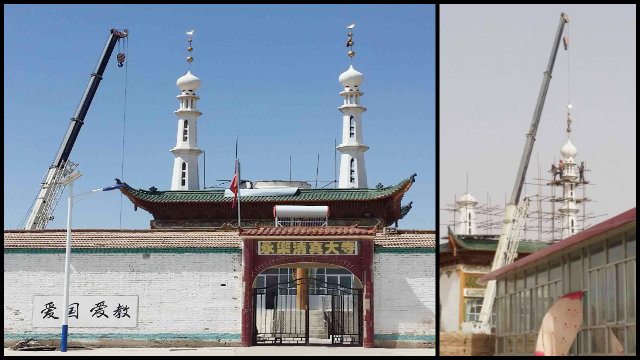
In Zhengzhou, the capital of the central province of Henan, the Niezhuang Mosque in the Jinshui district was “sinicized” at the cost of nearly two million RMB (about $ 280,000). The rectification of the Gongmazhuang Mosque in the city’s Economic Development Zone will cost 4.2 million RMB (about $ 593,400).
“The Communist Party is afraid that people of faith will outnumber the Party members, which will threaten its regime,” a Muslim from Zhengzhou expressed his opinion about the suppression of Islam. “The Communist Party has the final say. We have to implement its rules and regulations while it suppresses us.”
In the Chengdong district of Xining city, a Hui-populated area in the northwestern province of Qinghai, towering star-and-crescents, green domes, and other symbols of Islamic culture used to be abundant. But as the campaign to “sinicize” Islam continues nationwide, all these symbols are disappearing.
According to a secret report, adopted by the Office of the Leading Group to Rectify Arabic-Style Mosques in the Chengdong District on May 30, religious architectural structures are planned to be removed from 19 mosques in the area.
Report on the plan to rectify Arabic-style mosques in Chengdong district of Xining city
“There are 32 Islamic activity venues in Xining’s Chengdong district,” the report says, “and among them, 19 Arabic-style mosques need to be rectified, of which 15 have large domes and towering minarets, and four have only towering minarets.”
The government plans to rectify ten mosques in 2020 with an estimated budget of 10,637,900 RMB (about $ 1,505,000). Among them, the Wangjiazhuang Mosque, the Zhongzhuang Mosque, and the Wood Alley Islamic activity venue. Next year, nine other mosques will be “sinicized” with 16,248,000 RMB (about $ 2,298,800).
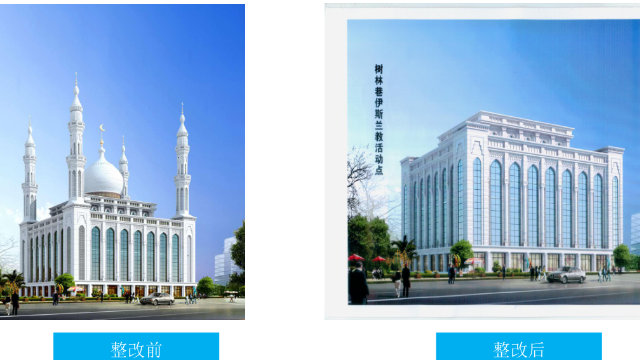
The well-known Dongguan Mosque—the largest and best-preserved old building in Xining—is planned to be rectified in 2021. According to the report, the mosque, built in 1914, has two towering minarets and a large dome atop the eastern hall. The minarets are 47.7 meters tall, which are planned to be shortened to 10 meters. The 19.36-meter-high dome is planned to be demolished completely. The budget for the entire project—2,516,300 RMB (about $ 355,500).

According to reports by the mainland media, some mosques and residents of the Chengdong district donated 2,865,000 RMB (about $ 404,800) for the coronavirus prevention. The Dongguan Mosque gave one million RMB (about $ 141,300) and nine other mosques listed for rectification—790,000 RMB (about $ 111,600) in total.
For the CCP, the existence of Islamic culture poses a threat to the unity between the population and the government. For this reason, Hui Muslims across China continue to be suppressed even though they have been integrated into Chinese society and were hailed by the authorities as the “good Muslims.”
Source: Bitter Winter



